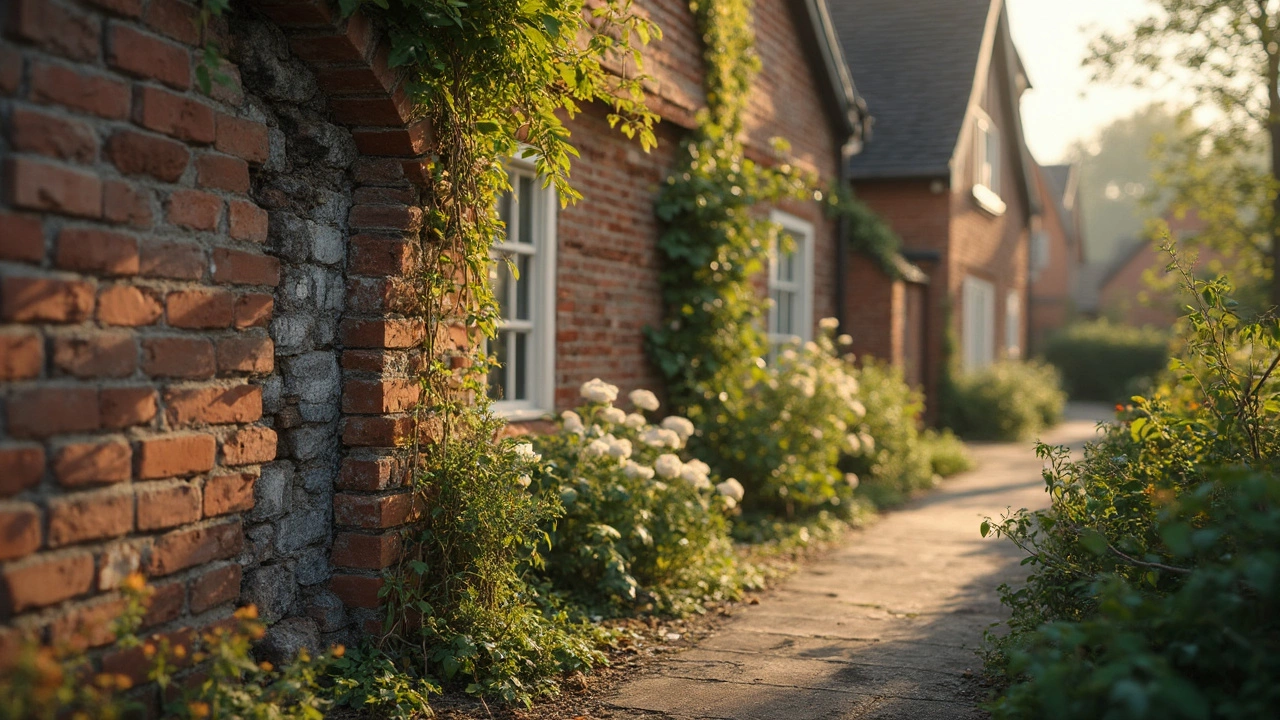Home Safety: Simple Steps to Keep Your House Secure
Feeling safe at home starts with a few easy habits. You don’t need a massive budget or a professional crew to make big safety gains. A quick weekly check, a few adjustments, and a little know‑how can stop accidents before they happen. Below you’ll find straightforward actions that protect every room – especially the garage door, which many owners forget about.
Garage Door Safety Made Easy
The garage door is a heavy piece of equipment that moves every day. If it’s not maintained, it can become a serious hazard. First, look at the springs and cables each month. If you see fraying, rust, or uneven movement, call a qualified technician – DIY spring work is risky. Next, test the auto‑reverse feature: place a small object like a broom on the floor and close the door. The door should lift back up immediately. If it doesn’t, the sensor needs cleaning or adjustment.
Keep the remote control out of children’s reach and change the battery yearly so the door always responds. A well‑lubricated hinge (use a silicone spray, not oil) reduces squeaks and wear. Finally, install a sturdy lock if you use the garage as a secondary entry. A simple deadbolt on the side door or a keypad lock on the main door adds a layer of security without slowing you down.
Everyday Home Safety Checks
Beyond the garage, a few quick routines cover most common risks. Test smoke alarms and carbon‑monoxide detectors monthly; replace batteries at the start of daylight savings. A working alarm can save lives in a fire or gas leak. Keep fire extinguishers in the kitchen and near the garage; check the pressure gauge once a year and replace after five years.
Check floor surfaces for slips: mop spills right away, secure loose rugs with non‑slip pads, and ensure stair handrails are tight. In homes with kids, install outlet covers and keep cords out of reach. For electrical safety, pull the plug instead of using switch strips when you’re done with appliances, and never overload sockets.
Security isn’t only about locks. Trim bushes near doors and windows so burglars can’t hide. Install a simple motion sensor light by the front entrance – it costs less than £20 but deters unwanted visitors. When you’re away, use timed lights to make the house look lived‑in.
All these steps take just a few minutes each week, but they add up to a much safer home. Start with one area, like the garage door, and expand your checklist over time. You’ll sleep better knowing you’ve done the basics right, and you’ll avoid costly repairs or injuries down the line.

How Big of a Foundation Crack is Serious? Here's What You Need to Know
Mar 13, 2025, Posted by Damon Blackwood
Foundation cracks can be alarming, but not all of them spell trouble. In this article, we explore which cracks you should worry about and which are just cosmetic quirks. We’ll dive into the different types of cracks, how their size and direction matter, and tips for keeping your home safe. Plus, learn when it’s time to call in the experts to avoid costly repairs down the line.
MORESEARCH HERE
Categories
TAGS
- foundation repair
- commercial construction
- construction
- new builds
- home improvement
- home renovation
- bathroom renovation
- residential construction
- construction materials
- home foundation
- renovation tips
- building types
- contractor
- foundation cracks
- home construction
- architectural services
- building codes
- construction differences
- home inspection
- kitchen installation